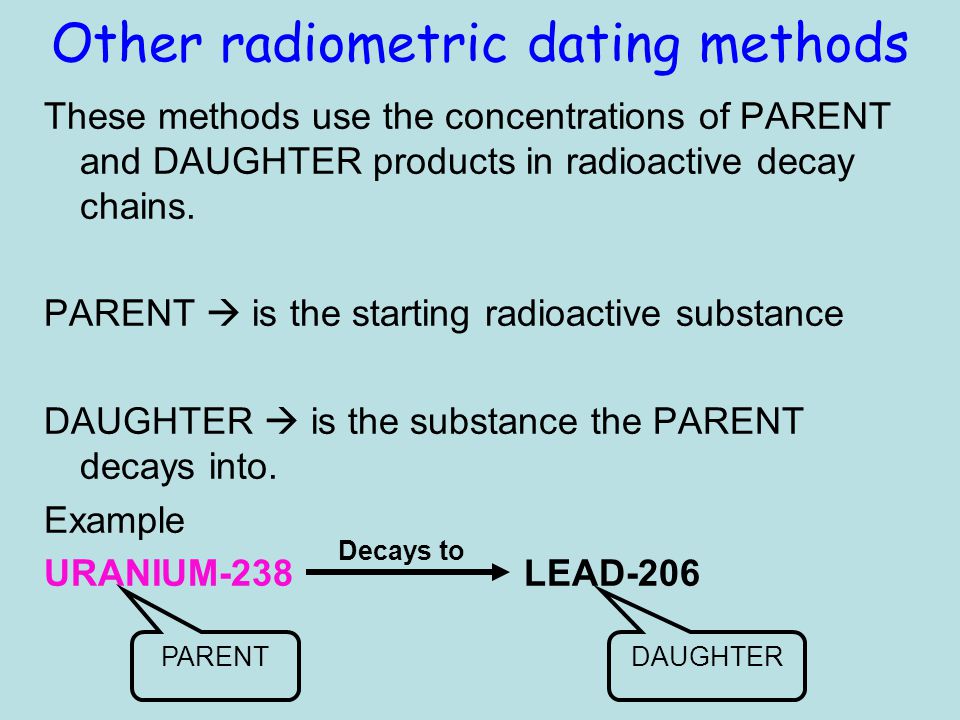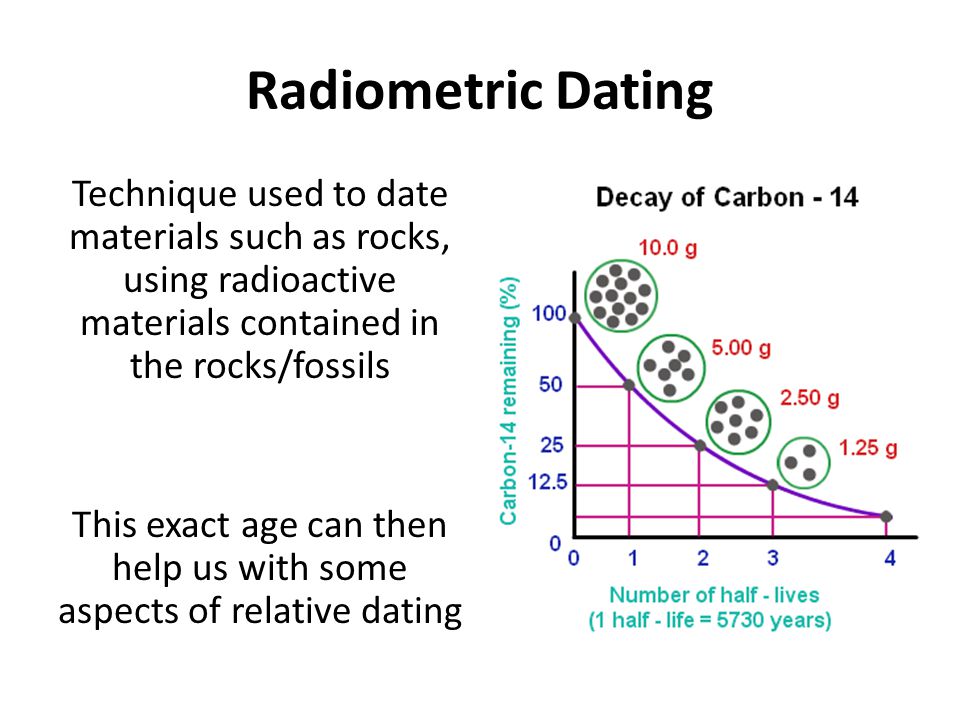Marketing
Dating radioactive - Pula
Dating Fossils – How Are Fossils Dated?

Dating Site: Dating radioactive
The probability of a parent atom decaying in a fixed period of time is always the same for all atoms of that type regardless of temperature, pressure, or chemical conditions. In these slightly unusual cases, the date given by the normal potassium-argon method is too old. Notice that at any given time, the minerals all line up--a check to ensure that the system has not been disturbed.

The ministry supports an accurate interpretation of the Bible while also supportive of science as a tool to study God's creation. The bottom panel shows the offset in uncalibrated ages caused by this change in atmospheric composition.

Radioactive Dating - Any interposing material would have interfered with the detection of radioactivity, since the beta particles emitted by decaying 14 C are so weak that half are stopped by a 0.

Radioactive Dating, Accurate or Not?
In these cases there will not be a straight line, and no date is determined. One example is the Bronze Age at Withy Bed Copse, in England; the trackway was built from wood that had clearly been worked for other purposes before being re-used in the trackway. When a date is quoted, the reader should be aware that if it is an uncalibrated date a term used for dates given in radiocarbon years it may differ substantially from the best estimate of the actual calendar date, both because it uses the wrong value for the half-life of 14 C, and because no correction calibration has been applied for the historical variation of 14 C in the atmosphere over time. Additionally, if ages were disturbed by leaching, the leaching would affect different isotopes at vastly different rates. Because argon is an inert gas, it is not possible that it might have been in the mineral when it was first formed from molten magma. After this was widely accepted, further studies of the rocks brought the radiometric age down to about 1. All paleontologists recognized unmistakable trends in morphology through time in the succession of fossil organisms. The top number, 3.
[Kako se ozeniti|Borat dating service skit|Top 10 stranica za upoznavanje sex]
Post je objavljen 22.12.2018. u 09:14 sati.